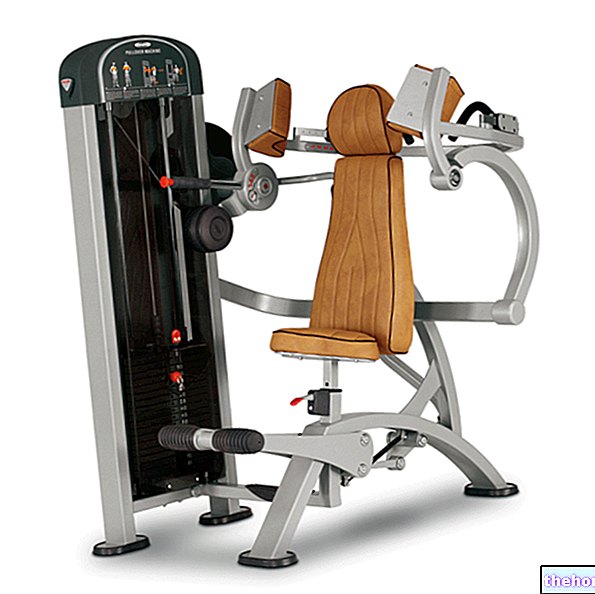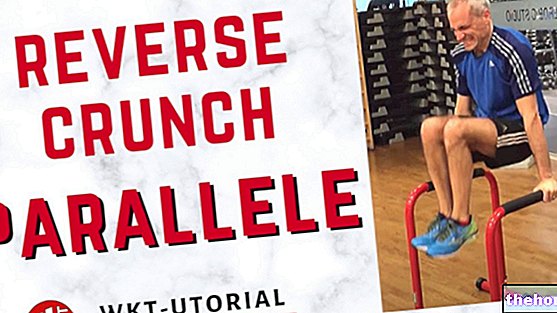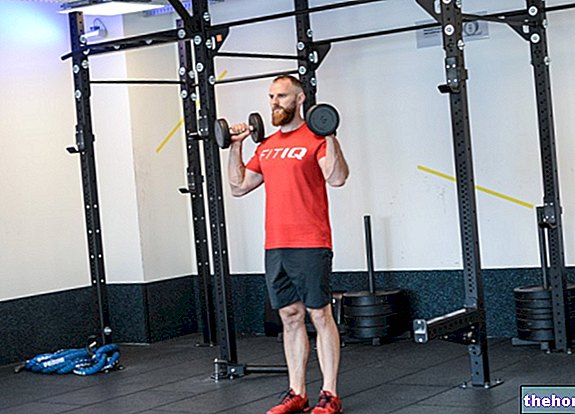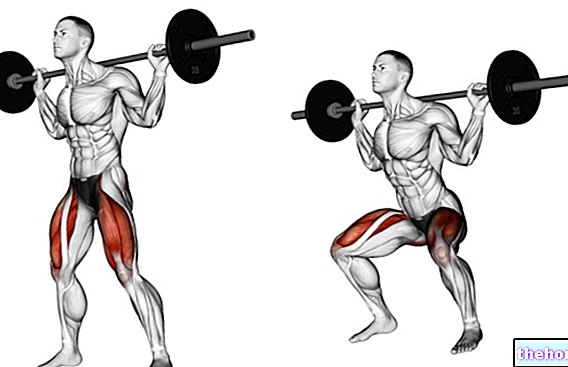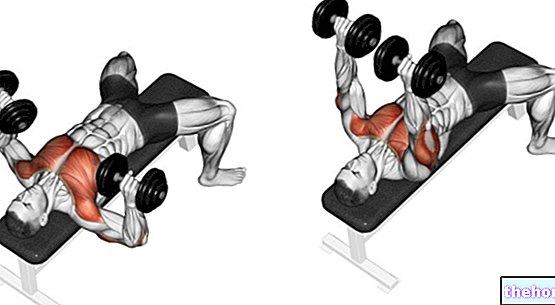Planks are among the best exercises for strengthening the core but while they bring tremendous benefits to this part of the body, they can also cause pain or injury to the elbows.
This happens because in the execution of the plank most of the weight and pressure pass directly from the shoulders to the elbows that press on the floor, especially if you are unable to distribute part of the effort on the forearms.
Fortunately, however, there are several ways to alleviate this discomfort.
and the buttocks always contracted throughout the execution of the exercise.
That's why to avoid pain while planking it can help to add some external cushioning between the elbows and the floor. Doing so is simple, just use two mats instead of one or place a towel or one small blanket under the elbows.
Change the plank position
Another option is to change the way you plank, even slightly, to help redistribute the pressure on your elbows.
A suggestion could be to try to do this exercise from a higher position, which is the one you assume when doing pushups. Undoubtedly it is a more difficult variant than the basic one and that trains the core less, since it also keeps the shoulders and pectorals engaged, but it rages less on the elbows and reduces the risk of pain or injuries.
Balance your body weight
Rather than putting all that pressure directly on your elbows, you can try to adjust your body weight by spreading your fingers so that your entire palm is flat on the floor.
This technique is better than holding your hands in a fist, because it allows them to absorb some weight that would otherwise be all on the elbows.
To avoid pain, therefore, slowly and consciously shift your body weight forward so that it is more evenly distributed on your hands rather than your elbows.
For even more benefits, do the same thing but in reverse: slowly and consciously shift your weight back so that more of it rests on your hips, legs, feet, rather than joining your elbows.
Use a pilates ball
A good idea is also to use a Pilates ball to relieve pressure on the elbows by placing it under the forearms. The only caution in this case is to make sure that the buttocks and thighs remain tense while using the ball, that the body is always straight and the arms aligned, with the shoulders above the elbows.
Do a dumbbell plank
If you continue to feel pain in your elbows even after making some of the changes described, it means that the classic version of this exercise is too demanding on the joints. This does not mean having to give up doing the exercise, but looking for valid alternatives, such as trying to do a straight-arm plank, using dumbbells.
Place two dumbbells on the floor and hold them with your hands. Although the posture resembles that of the plank in the push-up position, this is less difficult to perform.
Another alternative is to keep your arms straight, with one or both knees on the floor. From this position, lift one knee for a few seconds, then bring it back down. Repeat the sequence on the other side and increase the time of high knee hold progressively over time.
Reverse the sense of the plank
If you don't like making changes to your exercises and think adding soft cushions is uncomfortable, reversing the plank can help you get the benefits this exercise promises, but without compromising your elbows.
Imitate the movement of the plank but lie on your back and hold weights over your chest to engage your upper body. Then lift your legs off the floor to engage your core, making sure your lower back stays on the ground.
Use a bench
A last option is to support your upper body on a bench. This way you can completely take the weight off your elbows. does the plank, the effort will be less.
This option is also fine when you can't hold the plank for long.

